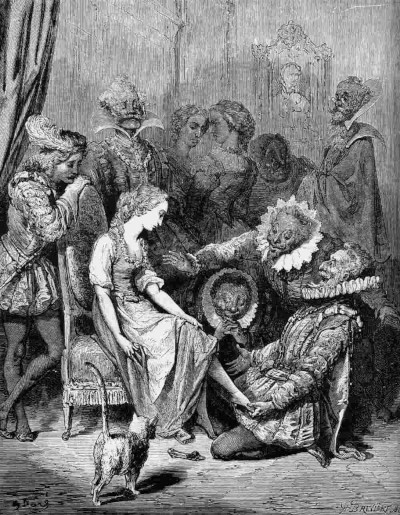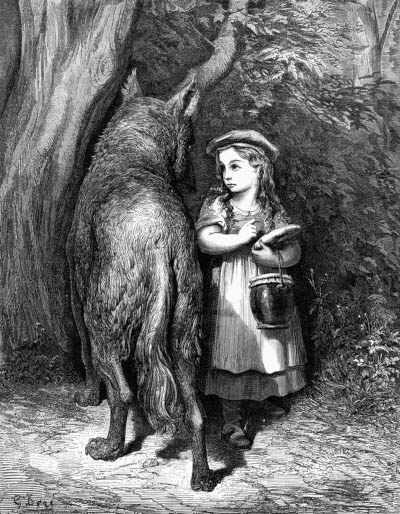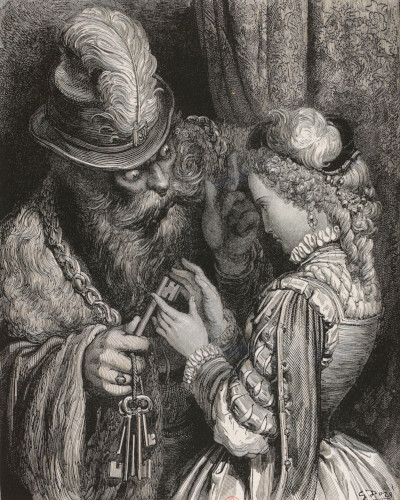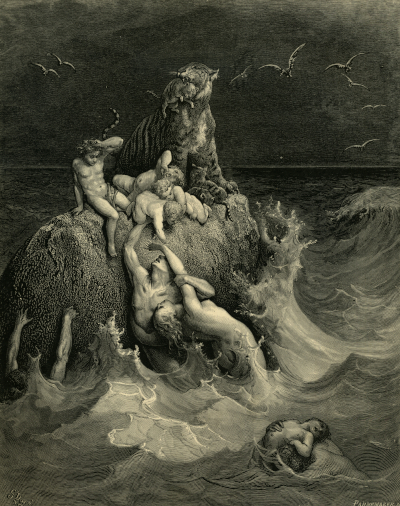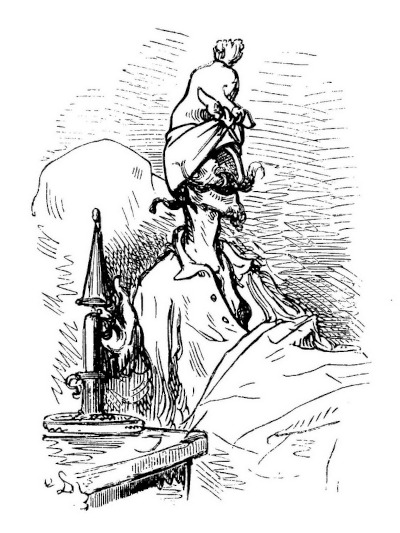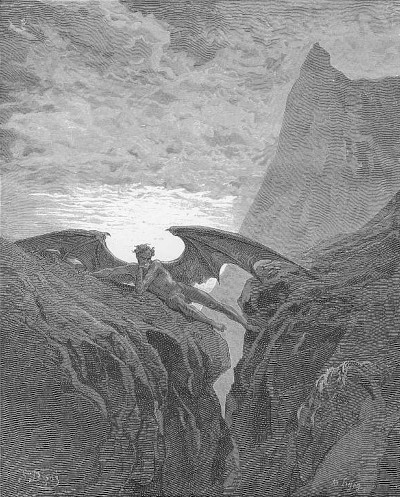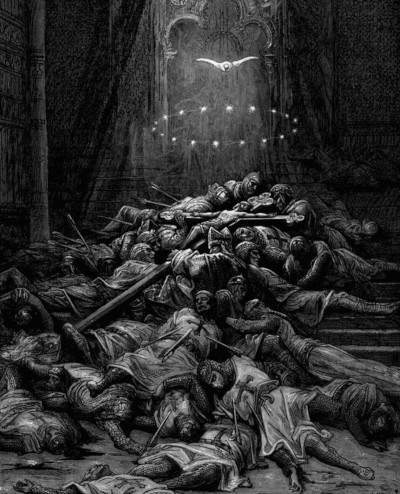Gustave Doré was, first and foremost, an illustrator. Although he achieved some levels of success in other mediums, it was the dramatic, detailed drawings which helped him to become one of the most famous French artists in history.
A Man in Demand
At the height of his career, Doré was courted by all of the major publishers in Paris and London in the mid to late 19th century. He could deliver some of the finest illustrations ever seen in the history of European art and these could then be added alongside classic texts to produce exciting new publications for the masses. Over time he would be challenged with a variety of subjects, from The Bible and ancient fables to more modern novels and poetry. There seemed no limit to his versatility and his book illustrations provided a sizeable income that allowed Doré to employ many assistants within his studio. His illustration style relied on influences from the Romanticist movement and his handling of shade and shadow was particularly impressive. It must also be remembered that he also produced a number of cartoons and caricatures early in his career, which offer something quite different to the more intense illustrations which followed in later decades.
His Reliance on his Studio
It became impossible for the artist to complete all of the work that fell his way, and so he would slowly build up a formidable studio in order to help out. A number of notable woodcutters would help to bridge the gap from illustration to final published books and he also employed assistant illustrators whose work would sometimes be passed off as his own. The Doré signature would still carry great weight, though, and he never allowed the quality of his output to suffer, whatever the demands on his studio. It is believed that at one point he would be employing at least 40 different artists, creating something of a profitable production line which combined his own creative genius with a system which delivered in good time. Publishers trusted him and continued to court his services for several decades. The very nature of printing has ensured that many of these tasks will be separated into specialist roles, and examples of this approach within artistic studios stretches back to the Northern Renaissance, many centuries previous.
Gustave Doré's Most Famous Series of Illustrations
The artist would produce around 10,000 illustrations across his career, making it slightly difficult to summarise such a large body of work. There were, however, several publications which really stand out because of the quality of his contribtion and the impact that they made. His Bible series, for example, would influence how others viewed scenes from this famous religious scripture within their own minds, as well as how theatrical productions in later years would depict certain events found within it. His work on Dante Alighieri's The Divine Comedy and John Milton's Paradise Lost were also highly memorable. London, A Pilgrimage continues to receive considerable interest today and The History of the Crusades also provided some of the best individual artworks from the full breadth of his career. For something a little bit different, there was also a good number of caricature lithographs in the early stages of his career, which were more free and loose in style. In all, whilst his style is relatively consistent, the themes vary from religious scripture, to ancient fables, all the way up to what was at the time fairly modern literature.
Creative Burn-out
Over time the artist would start to lose some of his passion for this art form, having created something of a production line within his own studio. He therefore looked elsewhere for inspiration and would take his imaginative mind into other art forms such as painting and sculpture, which promised exciting new opportunities. As hard as he tried, though, he could never achieve the same levels of academic or public respect for his contributions to those alternatives, and will always remain most famous for his stunning illustrations. His legacy continues to live on today with a number of the titles that he worked on still in print today, allowing new generations to see and enjoy his work for many years to come. Illustration continues to be taught as a fundamental skill for any prospective artist, and most studies will at some point feature the achievements of this great man, as well as some of the groundbreaking publications that he contributed to. His techniques may also not be suitable for modern-day commercial publishing, but many will still look to learn from this great master and re-create some of the stunning titles that exist from his varied and impressive career.



